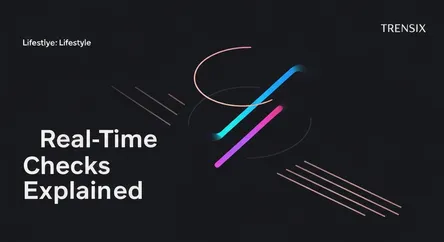Lifestyle
Real-Time Checks Explained

Discover how real-time checks in education provide instant feedback to students and valuable insights for teachers, transforming the learning process.
What is it?
Real-time checks refer to educational technologies that provide immediate feedback on a student's work as they complete it. Instead of waiting for a teacher to grade an assignment, these systems use automated tools, interactive quizzes, and AI-powered platforms to instantly assess answers, identify errors, and offer suggestions for improvement. This can range from simple multiple-choice questions in a learning app to complex code debuggers in a programming course, all designed to close the gap between action and feedback.
Why is it trending?
The rise of digital and hybrid learning environments has accelerated the adoption of real-time checks. Educators are seeking more efficient ways to monitor student progress and provide personalized support. This technology saves significant time on grading and delivers data-driven insights into class-wide comprehension. It aligns perfectly with modern pedagogical approaches like formative assessment and mastery-based learning, where continuous feedback is crucial for student development and engagement in a tech-centric world.
How does it affect people?
For students, real-time checks create a more dynamic and less stressful learning experience. Immediate feedback allows them to correct mistakes on the spot, reinforcing concepts and building confidence. It encourages a growth mindset by framing errors as learning opportunities. For educators, these tools automate routine assessments, freeing them to focus on higher-level instruction, addressing specific student needs, and designing more creative lesson plans. This ultimately fosters a more responsive and effective educational ecosystem for everyone involved.